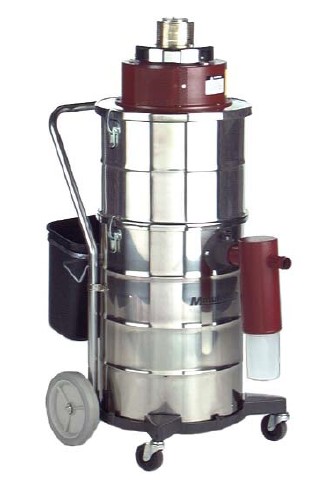
Minuteman Overview
The Minuteman AUTOSCRUBER is developed to aid emergency workers and demolition authorities in disposing of widespread hazardous materials. While it appears at very first glance to be a standard shop vacuum, the Minuteman has a number of functions for use in bio-hazardous situations.
Just like a shop vacuum, an electric motor and fan creates negative suction to draw material into the vacuum. Unique canisters and filters, however, ensure that Hazardous Material Vacuums stays safely inside and doesn’t pose a threat.
Minuteman Filters
Ultra-low particulate air, or ULPA, filters are at the core of the Minuteman’s bio-hazard functionality. These filters have considerably smaller openings than classic vacuum filters.
ULPA filters are developed from glass fibers that have been rolled to resemble paper. The filters are built to safeguard against all particles larger than 0.three micrometers. This makes them over 99.9 percent efficient in filtering particles.
Due to the fact harmful particles and spores are typically bigger than the micrometer filter, they cannot escape the sealed canister. This makes it possible for workers to safely get rid of contaminants and transport them to a disposal location.
Minuteman Capabilities
Minuteman filters and seals allow the vacuum to be utilized on a wide range of harmful particles. Mold varieties for example stachybotrys, aspergillus and penicillin are frequent particles that may be filtered utilizing the vacuum.
An additional hazardous bio-hazard is anthrax dust. When used for dry pickup, the Minuteman can safely filter and transport these anthrax spores. Several other possible threats, including smallpox, are able to be handled by the Minuteman’s sub-micron filter.



